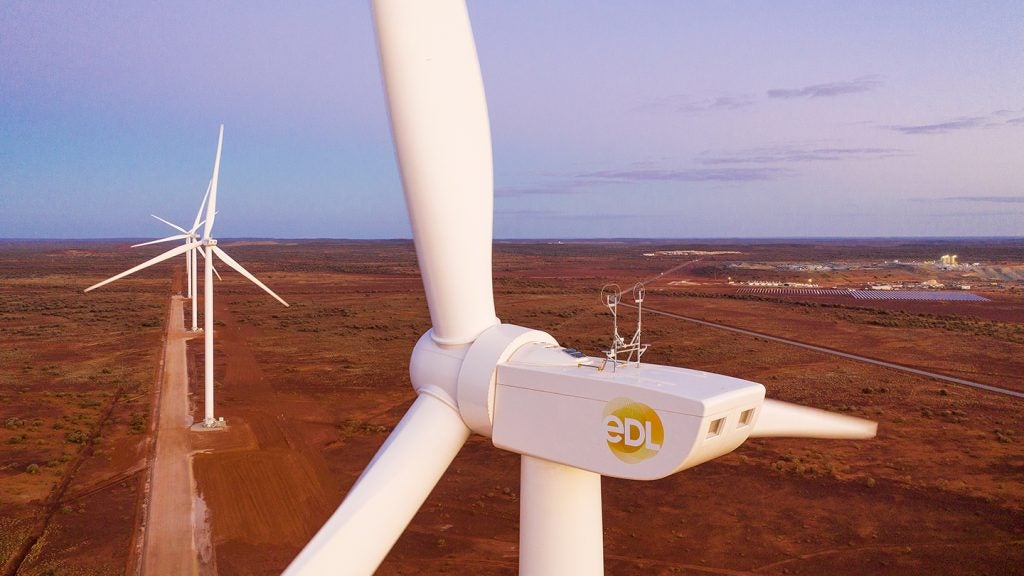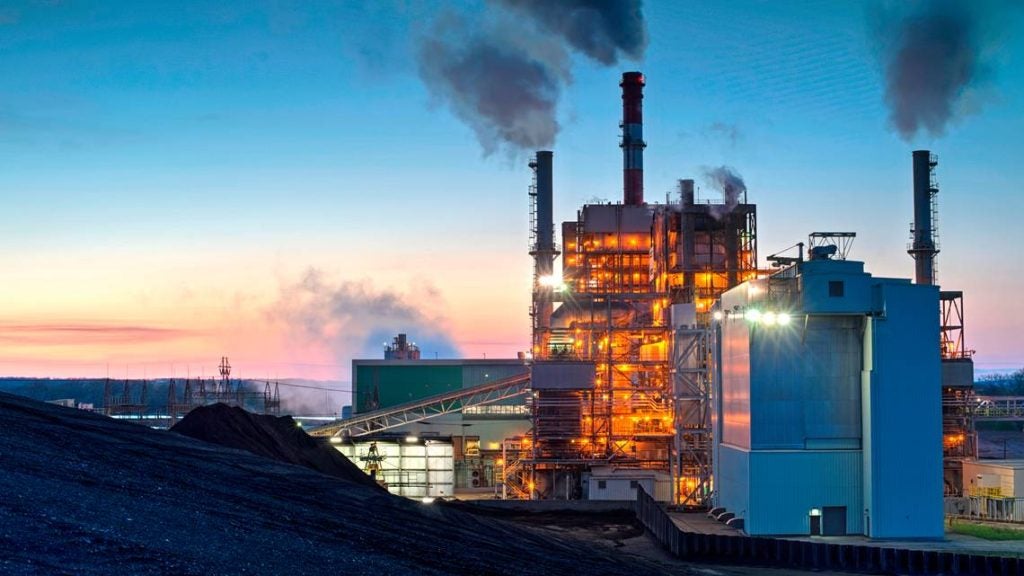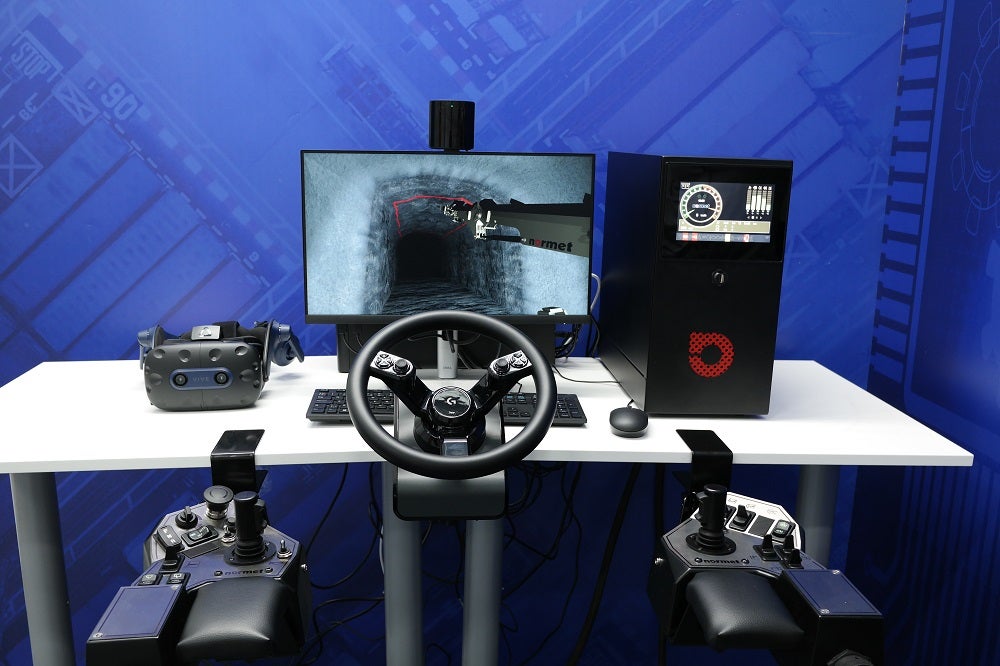
Significant advances have been made in modelling through the use of high-performance computers, especially in the fields of geological deformation, fluid flow and geothermal modelling.
The Desktop Modelling Toolkit, for example, enables researchers to run simulations seamlessly on a remote resource via the Australian Research Collaboration Service’s (ARCS) Grid Computing service. Geochemists, however, have not been so lucky. They still have to run their models independently on standard desktop PCs and have to infer rather than accurately model the effects of processes such as mechanical deformation.
This is because chemical property libraries and software solvers that geochemists use have been written for Microsoft operating systems whereas most high-performance computers run on either Unix or Linux operating systems. This is certainly the case for the ones that are available via the ARCS Grid.
Now, a CSIRO research team is, for the first time, attempting to add a Microsoft cluster to the ARCS Grid Computing network and run 3D chemical solvers on the new Microsoft 2008 software. This would give all researchers working on Reactive Transport (RT) modelling unprecedented access to high-performance computing, which will significantly speed up their work.
Microsoft system enhances geothermal modelling
See Also:
The team, led by Dr Gordon German, a research scientist in CSIRO’s Minerals Down Under National Research Flagship, partnered with iVEC and bought a SGI XE310 cluster, but instead of installing Linux on it, they opted to try the just-released Microsoft Windows 2008 HPC Server operating system.
How well do you really know your competitors?
Access the most comprehensive Company Profiles on the market, powered by GlobalData. Save hours of research. Gain competitive edge.

Thank you!
Your download email will arrive shortly
Not ready to buy yet? Download a free sample
We are confident about the unique quality of our Company Profiles. However, we want you to make the most beneficial decision for your business, so we offer a free sample that you can download by submitting the below form
By GlobalData"We have installed and tested the hardware and base software and have 160 central processing units (CPUs) up and running. We have installed the RT software packages and run a basic RT simulation," German said.
"The basic RT test was successfully completed on 2 nodes (16 CPUs) and we are now planning a stress test (100 CPUs). Following that we are planning a large parallel simulation using the Message Passing Interface (MPI) libraries that we have already installed but this is not confirmed yet. Other Windows-based software is also being considered."
German said that the plan was then to get the cluster talking to the existing Linux-based Grid portals, which will give Australian researchers greater access. "With such access, an RT project that may usually take two weeks of computer time would be complete in a matter of hours," he said.
"A large complex RT simulation in 3D can take weeks to run on a PC, if it runs at all. If you can break the job up into small chunks that can all be run in parallel, you can do the same task in days or hours. This makes analysis, re-running the simulation with different parameters, feasible."
German also said that the MPI is a protocol and a series of libraries that help users break a task such as an RT simulation into "chunks". "Because we have 168 CPUs at our disposal, we can increase the speed of the simulation by more than 100 times," he said.
German said the main benefits can be seen by highlighting the restrictions faced by researchers trying to model crustal processes.
"Previously, RT modellers could not run larger, more realistic models due to the memory and time restraints of desktop PCs. This is especially so in 3D," he said. "Similarly, RT modellers were unable to run large multi-task jobs, which are essential for doing parameter sweeps on poorly understood scenarios.
"Also, carrying out four-fold coupled modelling [the mathematical amalgamation of mechanical deformation, fluid flow, thermal and chemical modelling – somewhat of a Holy Grail for geomodellers] is impossible without somehow including a Windows environment. But that means researchers are unable to model anything really interesting because of the memory and time limitations of the PC. On the cluster, however, it finally becomes feasible.
"This means modellers can run a very large and complex job in parallel across many CPUs, or run a lot of related jobs at the same time – for example, when doing a parameter sweep or a Monte Carlo analysis," German said.
The main modelling beneficiaries
The researchers who will benefit soonest and most obviously from the new cluster and its Microsoft Windows 2008 HPC Server operating system are numerical modellers in the geosciences, specifically geomechanical, geothermal and geochemical modellers.
These scientists work in crustal modelling, oreogenesis, mantle and deep-earth modelling. "Within CSIRO there are teams led by Drs James Cleverley, Warren Potma and Peter Schaubs who use this for both research and contract work to the exploration industry," German said.
"But also, externally, there are groups at Geoscience Australia, the University of Queensland and Monash University, for example, who will be interested in this.
"And there is further interest in adding other software to the cluster to assist in, for example, hyperspectral analysis and geological worming."
According to the team, Microsoft’s newly created high-performance computing division is taking a keen interest in the project and has offered to run a workshop at Australian Resources Research Centre in Perth, as well as one on the east coast, to highlight the benefits of the cluster and what can be run with it.
Microsoft – which has signed a Service Provider License Agreement with iVEC – would like to establish the cluster as a reference point for other Australian super computer centres, universities and customers. Microsoft will provide courses around its high-performance computer operating system together with iVEC and participants will be able to receive certifications from Microsoft.
This article first appeared in CSIRO’s magazine earthmatters.






